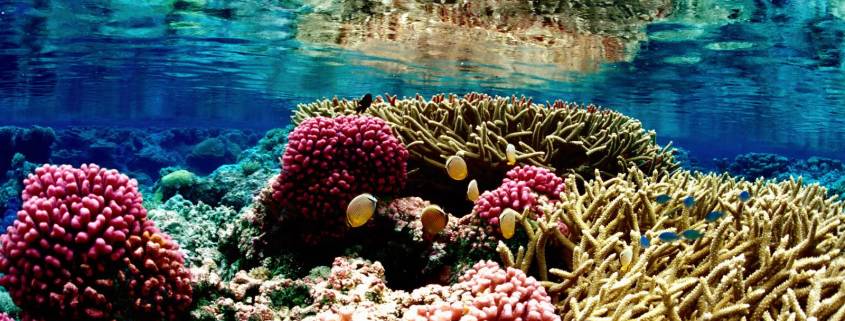Caring for Color: Conserving the World’s Corals
Picture this… an underwater oasis teeming with colorful corals and fish. Sea turtles are masterfully maneuvering through the corals in search of tasty sponges, crabs, and jellyfish. You can spot several sharks swimming peacefully around the reef, paying no mind to you. A shadow falls over you, and you glance up nervously, only to sigh in relief to see a harmless manta ray gracefully glide above you. After the ray passes, you notice that the reef has suddenly and drastically changed. The coral has become white, as if all of the color had been sucked out of it. Silvery specters of the colorful reef fish are now the only inhabitants of this ghost town. There are no more turtles, sharks, or rays in this reef. The reef has become bleached; it’s dead. Although this doesn’t actually happen in the blink of an eye, with rising ocean temperatures and falling pH, it is happening more and more frequently around the world. It’s not a great time for coral reefs, but there are many different ways that we are racing to conserve these “rainforests of the sea,” and many of them are working.
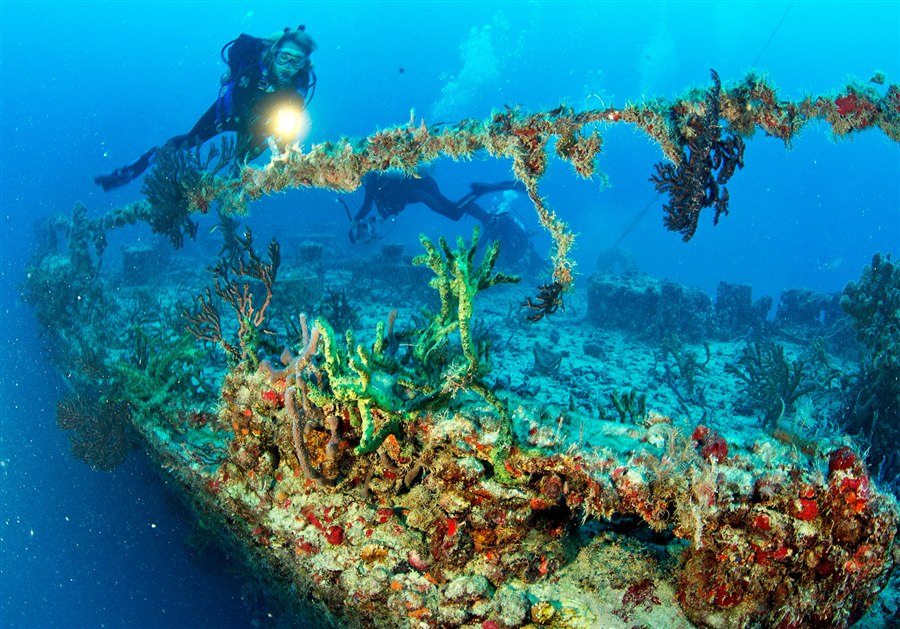 What do shipwrecks and statues have in common? They have both been made into artificial reefs. Contrary to the name, these reefs do not contain fake coral, but real, living, natural coral. The term “artificial reef” comes from the fact that the base the corals attach to is not naturally occurring. Many retired ships have intentionally been sunk in areas where they would serve as the base of a new reef. In fact, this is probably the most common form of artificial reef, whether the shipwrecks were intended for such use or not. There are some more unconventional bases for artificial reefs, as well. We’ve all seen the hauntingly beautiful pictures of statues sunk in shallow locations to create a garden of substrate for corals and sponges to grow on. More recent pictures show that this project has been very successful and the statues are now covered in colorful creatures, attracting fish and tourists.
What do shipwrecks and statues have in common? They have both been made into artificial reefs. Contrary to the name, these reefs do not contain fake coral, but real, living, natural coral. The term “artificial reef” comes from the fact that the base the corals attach to is not naturally occurring. Many retired ships have intentionally been sunk in areas where they would serve as the base of a new reef. In fact, this is probably the most common form of artificial reef, whether the shipwrecks were intended for such use or not. There are some more unconventional bases for artificial reefs, as well. We’ve all seen the hauntingly beautiful pictures of statues sunk in shallow locations to create a garden of substrate for corals and sponges to grow on. More recent pictures show that this project has been very successful and the statues are now covered in colorful creatures, attracting fish and tourists.
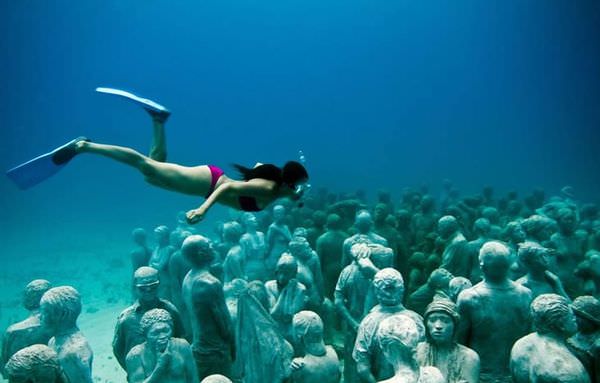 Artificial reefs often attract visitors interested in snorkeling, recreational diving, and both sport and commercial fishing activities. These reef structures not only draw tourism to an area, but they can alleviate the pressure on existing natural reefs. When planned well, tourism can also bring much-needed infrastructure and economic revenue to coastal communities. It is very important to educate both locals and tourists on how their activities can affect coral reefs and the ocean ecosystems that they support.
Artificial reefs often attract visitors interested in snorkeling, recreational diving, and both sport and commercial fishing activities. These reef structures not only draw tourism to an area, but they can alleviate the pressure on existing natural reefs. When planned well, tourism can also bring much-needed infrastructure and economic revenue to coastal communities. It is very important to educate both locals and tourists on how their activities can affect coral reefs and the ocean ecosystems that they support.
For example, many tourists are eager to take a piece of the reef home with them, and will often either break off a piece of coral themselves or buy pieces broken off by locals to sell. Recreational divers and snorkelers can also unintentionally break off coral by swimming around and brushing against the reefs. Both of these activities are very hard on the life in and around the reefs. Luckily for the coral reefs, through proper education, management and reef building techniques, there are many ways in which we can help them thrive.
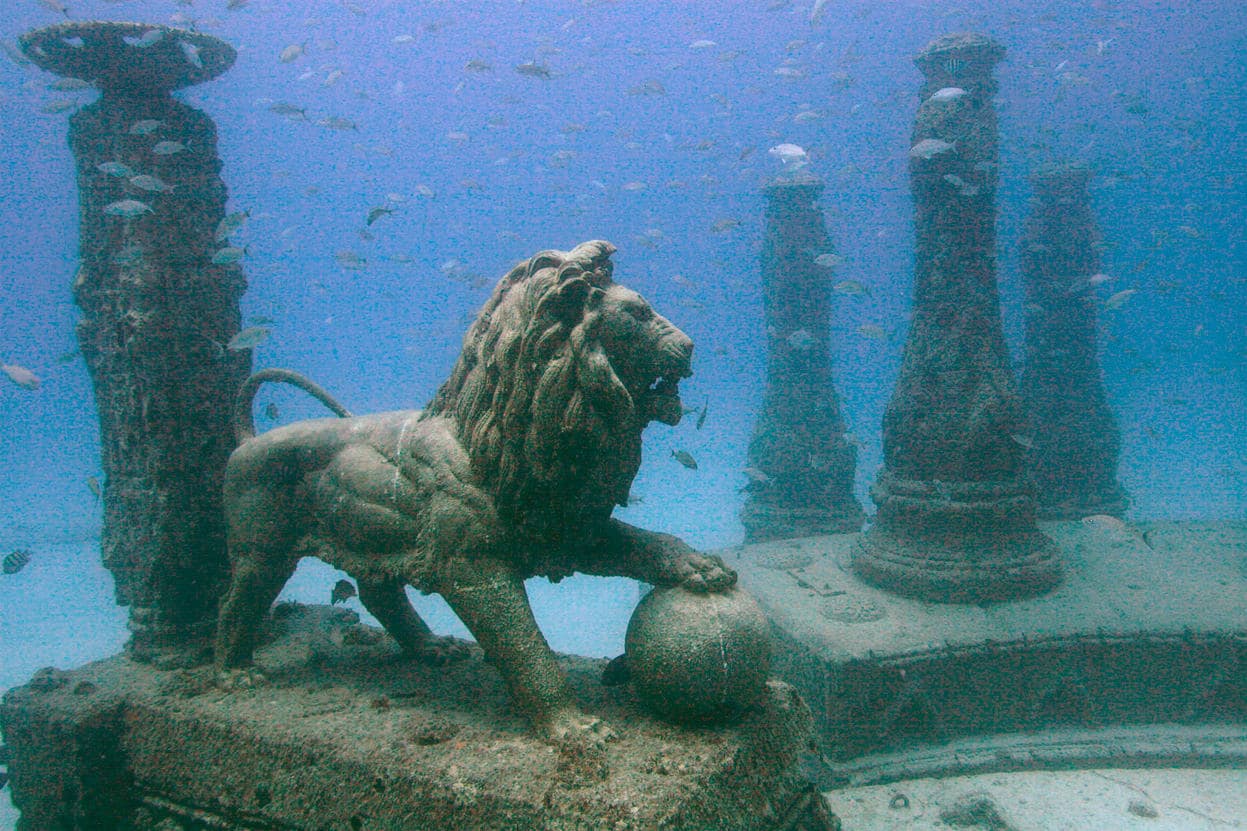 One of these techniques has been used in the aquarium trade for decades; coral propagation, also known as “fragging,” is the process of breeding coral. Almost any coral can be fragged and conservationists around the world have begun raising coral in nurseries or coral farms. Currently the focus is on growing endangered coral species to be replanted on reefs that have been damaged due to storms, human and boat traffic, or deteriorating ocean conditions. The coral can be grown in a protected environment when they are young and most vulnerable and then planted on established reefs. Coral gardening is a great example of aquaculture, which is the farming of aquatic organisms such as fish, crustaceans, mollusks and aquatic plants.
One of these techniques has been used in the aquarium trade for decades; coral propagation, also known as “fragging,” is the process of breeding coral. Almost any coral can be fragged and conservationists around the world have begun raising coral in nurseries or coral farms. Currently the focus is on growing endangered coral species to be replanted on reefs that have been damaged due to storms, human and boat traffic, or deteriorating ocean conditions. The coral can be grown in a protected environment when they are young and most vulnerable and then planted on established reefs. Coral gardening is a great example of aquaculture, which is the farming of aquatic organisms such as fish, crustaceans, mollusks and aquatic plants.
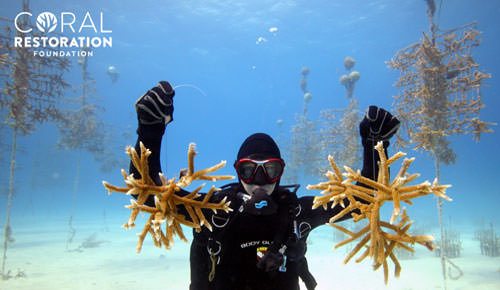 Although there are a number of factors putting our reefs in danger, we are applying various practices to help combat this. The use of many artificial reefs and coral gardening is helping to increase not only the number of reefs in the world, but also their health. Remember, a healthy reef brings no grief!
Although there are a number of factors putting our reefs in danger, we are applying various practices to help combat this. The use of many artificial reefs and coral gardening is helping to increase not only the number of reefs in the world, but also their health. Remember, a healthy reef brings no grief!
Article by Hillary Ballantine:
Hillary Ballantine is from a small town in central Ohio, a long way from the ocean. She became mesmerized by marine life at a very young age, and always knew she wanted to help save the whales. She graduated from Coastal Carolina University with a B.S. in Marine Science and a B.S. in Biology, and is currently attending graduate school at Antioch University New England, earning a M.S. in Environmental Studies with a concentration in Conservation Biology. She has worked with educating the public on marine life at Myrtle Beach State Park, and hopes to further her experience in both the education and scientific aspects of conservation.

